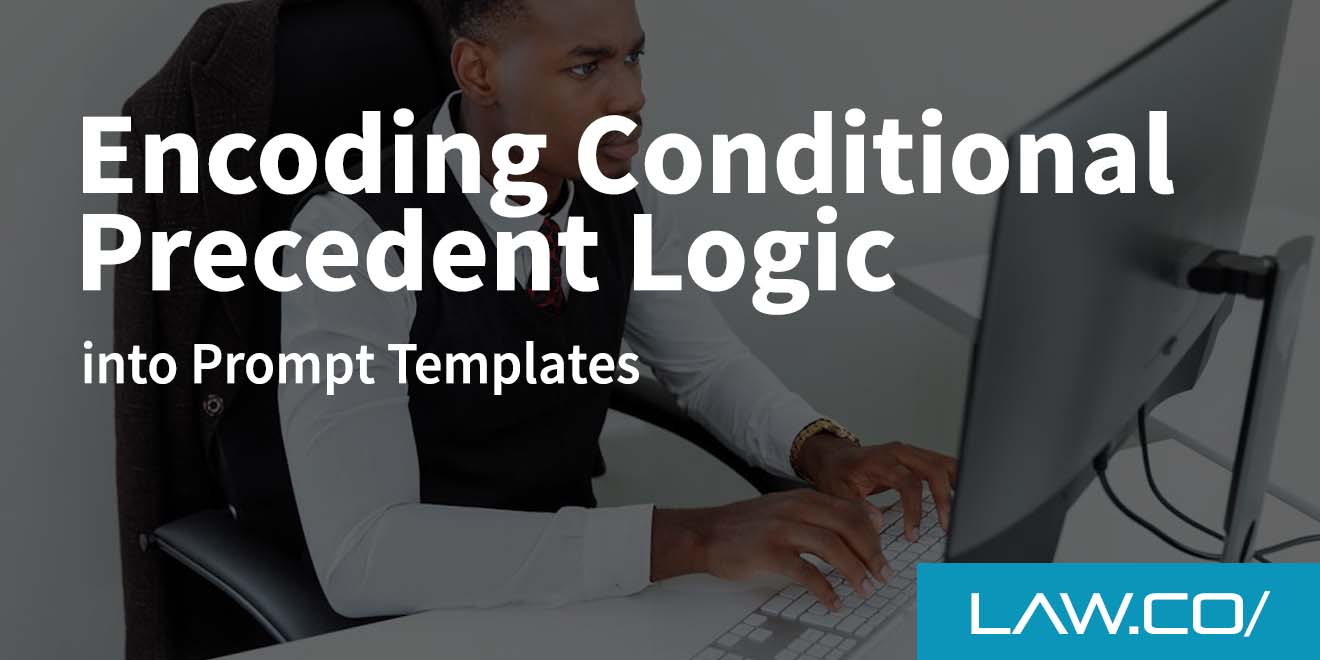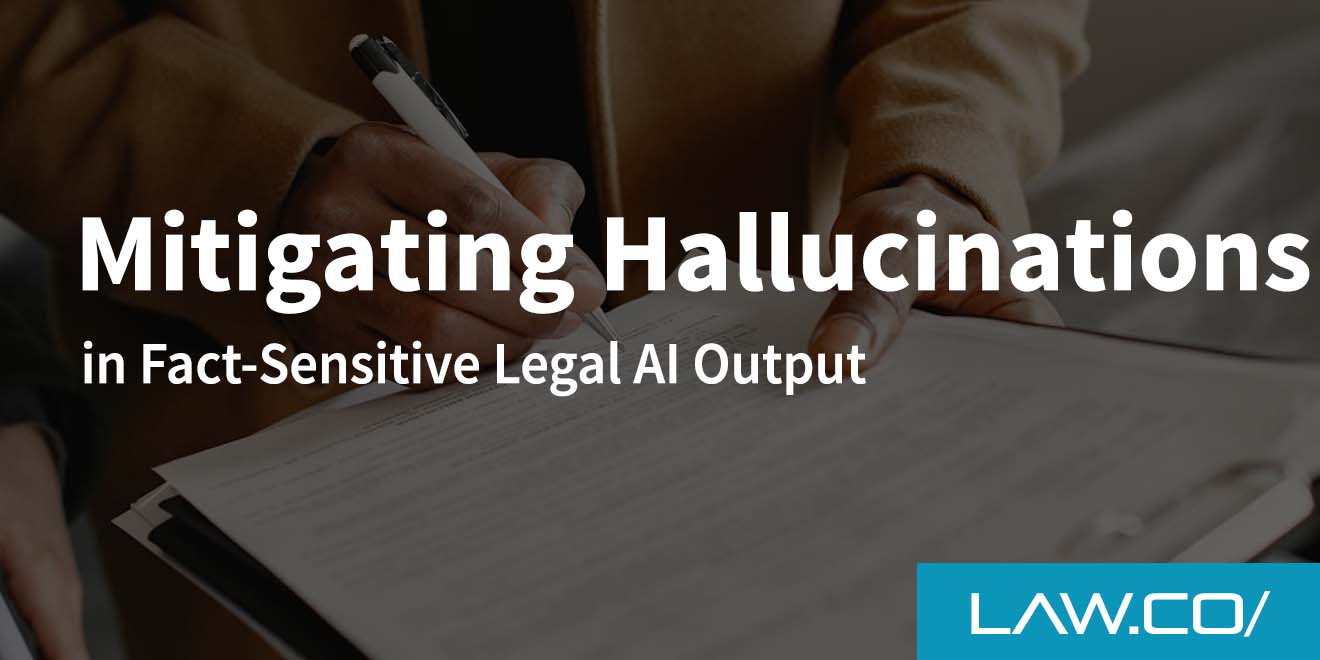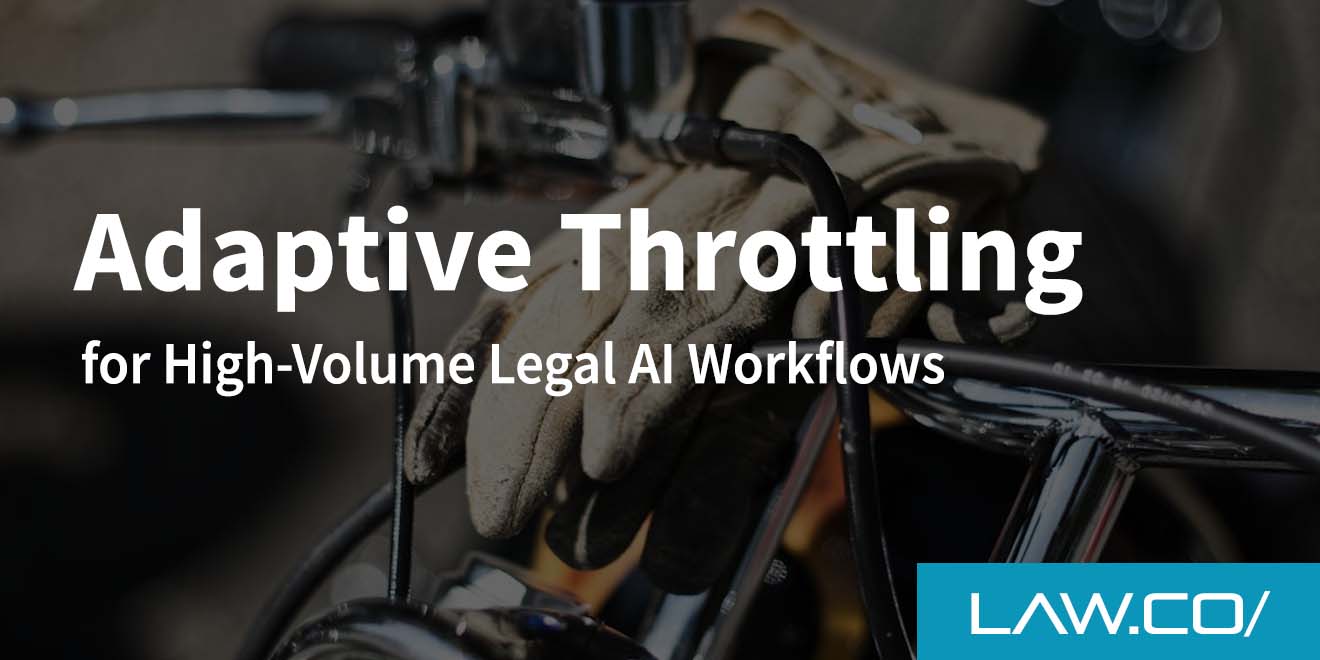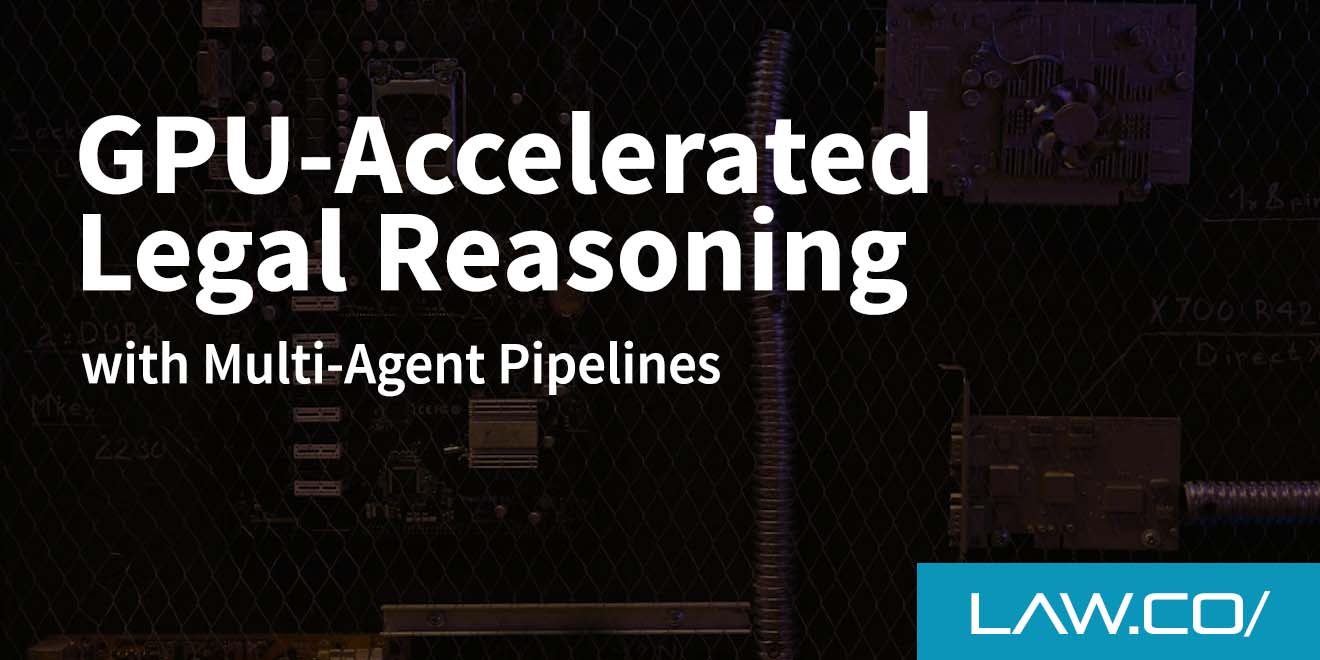

Encoding Conditional Precedent Logic into Prompt Templates
For lawyers and law firms exploring the power of generative AI, the biggest hurdle is often teaching the machine to reason the way attorneys already do.
Conditional precedent logic—the familiar “if X occurs, then Y obligation is triggered” framework embedded in contracts, regulations, and litigation strategy—must be translated into clear, actionable language for an legal AI model.
When done well, that translation reduces drafting time, keeps analyses consistent, and helps firms offer clients faster, more predictable results.
The paragraphs that follow unpack what conditional precedent logic looks like in a prompting context, why it matters to daily practice, and how to encode it effectively.
Why Conditional Precedent Logic Matters to Modern Legal Workflows
Legal work is built on contingencies. A merger agreement might state that the buyer must secure financing before closing; a discovery order might require production within ten days of service; a compliance program might only apply if revenue exceeds a statutory threshold. Every one of those triggers is a condition precedent.
When an AI tool is asked to draft clauses, summarize filings, or suggest negotiation positions, it needs to respect those triggers exactly as a human attorney would. If the logic is fuzzy, the output can misstate obligations or overlook key steps, exposing firms to reputational and malpractice risk.
Encoding conditional precedent logic into prompt templates turns AI from a clever assistant into a reliable junior associate that understands the “if-then” backbone of legal reasoning.
Translating Legal Reasoning into Clear Prompt Templates
Encoding starts with re-articulating each condition—and its consequence—in plain, unambiguous sentences. The model should never be left to infer whether a condition has been satisfied; it must be told explicitly. Consider how a typical clause reads: “If the Seller fails to deliver audited financial statements on or before 30 June, the Buyer may terminate this Agreement.” In prompt form, that clause becomes:
- Condition: Seller fails to deliver audited statements by 30 June
- Consequence: Buyer acquires right to terminate
When prompts are built around these discrete pairs, the AI can rearrange, redraft, or flag missing elements without drifting into speculation. Over time, firms develop libraries of such “if-then” fragments that can be mixed and matched for different deals, pleadings, or advisory memos.
Practical Steps for Drafting Effective Prompts
The process is surprisingly systematic once a few house rules are in place.
- Articulate each trigger in the present tense.
- State the resulting obligation or remedy immediately after the trigger—do not bury it in later text.
- Use consistent verbs for similar outcomes (for example, always “shall terminate,” not “may be terminated,” when the right is mandatory).
- Include any temporal element (“within 10 days,” “no later than 30 June”) in the same sentence as the trigger.
- Separate conditions that operate independently; avoid stacking multiple unrelated contingencies in a single sentence.
These five steps keep the logic machine-readable, lowering the odds that the model will confuse timelines, parties, or remedies.
Building a Reusable Prompt Library
Once a few dozen well-crafted templates exist, a law firm can store them in a searchable repository—an internal knowledge base, a contract-lifecycle platform, or even a shared document. Each template should carry metadata for quick sorting:
- Practice area (M&A, litigation, regulatory)
- Document type (agreement, motion, advice memo)
- Typical jurisdictional variants (Delaware corp. law, English law, etc.)
- Risk profile or fallback position (buyer-friendly, balanced, seller-friendly)
Lawyers can then assemble new documents by selecting the relevant conditions and asking the AI to merge them into a cohesive draft. The system also acts as a training aid; junior associates see “ideal” phrasings and learn the house style through repeated exposure.
Common Pitfalls and How to Avoid Them
Even seasoned practitioners can stumble when converting nuanced clauses into AI-ready prompts. Three missteps crop up again and again:
- Overloading the model with nested conditions. If a clause contains “if,” “unless,” and “except that” in succession, split it into separate conditional chains so the AI does not drop a sub-condition.
- Neglecting negative triggers. A condition precedent can be the non-occurrence of an event (“unless the Seller is in material breach”). Phrase it positively—“If Seller is not in material breach”—to avoid double negatives that confuse the model.
- Relying on implied timelines. Courts may read deadlines into a contract, but AI will not. Unless the date or period is explicit, the model cannot assume one exists, and the drafted language may be dangerously open-ended.
Careful prompt design nips each of these issues before they appear, preserving both clarity and enforceability.
From Static Prompts to Dynamic Workflows
As generative tools mature, prompt templates can incorporate real-time variables: deal size, governing law, or judge-specific procedural quirks. An attorney might type, “Generate a 60-day earn-out clause, New York law,” and the model pulls the correct condition precedent library, plugs in the timeline, and adjusts choice-of-law references automatically.
While no AI can replace the seasoned judgment of a partner, properly encoded conditional precedent logic gives every member of a firm—from first-year associate to senior counsel—an immediate boost in drafting speed, consistency, and risk control.
In short, when lawyers and law firms embed the same rigorous “if-then” discipline they apply to contracts into their AI prompt templates, they transform a promising technology into a dependable legal ally. The payoff is not just efficiency; it is the confidence that each clause the machine produces will track the logical bedrock on which professional reputations are built.

%201.svg)










